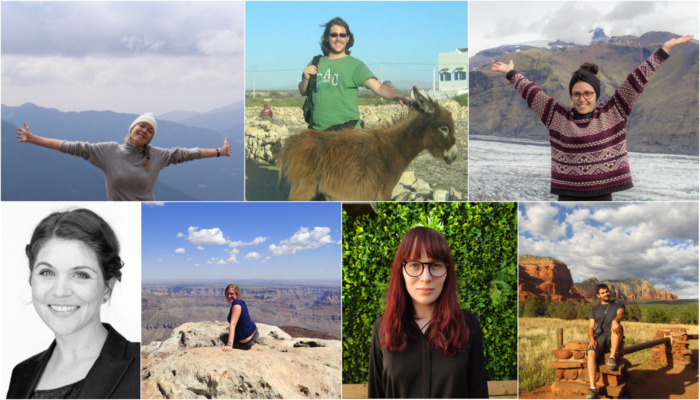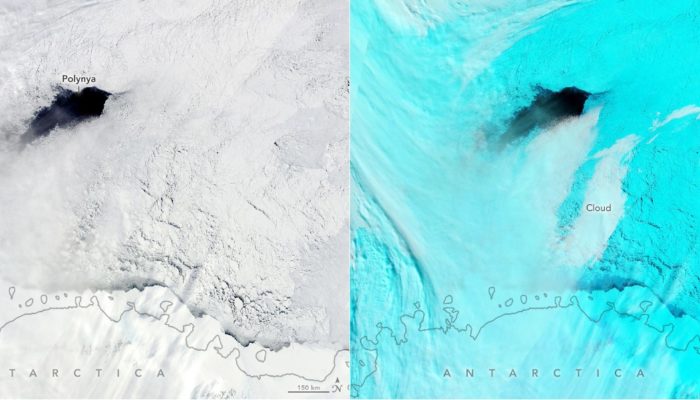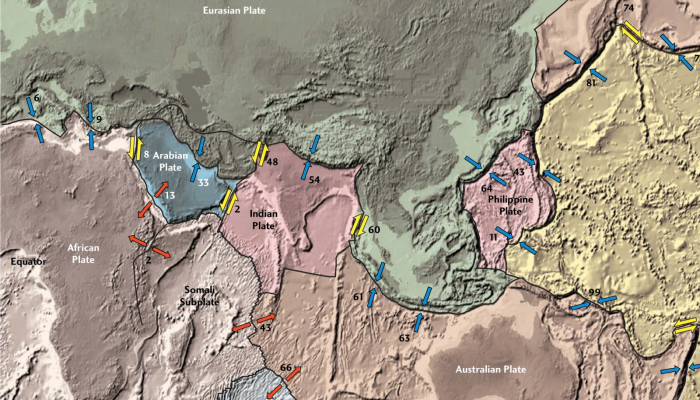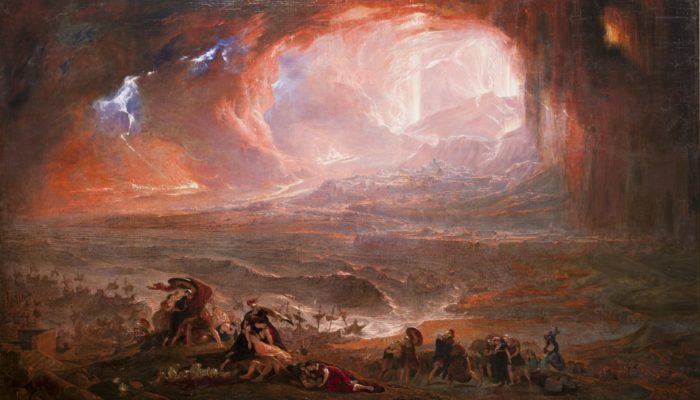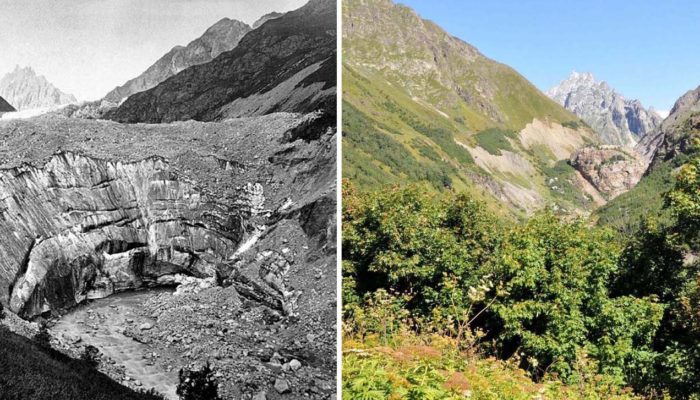#mineralmonday: your weekly* dose of obscure mineralogy, every Monday** [*not guaranteed; **or possibly Tuesday-Sunday] What is it? emmonsite, Fe2Te3O9.2H2O What’s it made of? Iron (Fe), tellurium (Te), oxygen (O) and water (H2O) I think I remember tellurium from chemistry class – remind me what it is? We can more or less divide the elements into the metals and the non-metals – t ...[Read More]
Tectonics and Structural Geology
Introducing our new blog team!
After three succesful first years of the Tectonics and Structural Geology blog, it is time to bring our platform to the next level! To provide you more frequent content over a wide range of topics, we invited some new people to join our team. We are still always on the lookout for new guest authors and/or team members, so let us know if you want to contribute! So, what will you be reading on our b ...[Read More]
Cryospheric Sciences
Image of the Week – Unravelling the mystery of the 2017 Weddell Polynya
The mysterious appearance and disappearance of the Weddell Polynya, a giant hole in the ice, has long puzzled scientists. Recent work reveals that it is tightly tied to energetic storms. Read on to find out more… The eastern side of the Weddell Sea is a region known for its low concentration of sea ice due to the presence of a seamount, an underwater plateau called the Maud Rise. The seamount infl ...[Read More]
Geodynamics
The Sassy Scientist – Research Relevance
Every week, The Sassy Scientist answers a question on geodynamics, related topics, academic life, the universe or anything in between with a healthy dose of sarcasm. Do you have a question for The Sassy Scientist? Submit your question here. Meghan asks: Why is your research relevant? Dear Meghan, Because I like it. My supervisor is in my office every day to talk about my results. I talk to people ...[Read More]
Geodynamics
How the EGU works: Experiences as GD Division President
In a new regular feature, Paul Tackley, president of the EGU geodynamics division, writes about his role as a president, and gives us an insider’s view on how EGU works and is preparing for the future. Stepping into the role of GD Division President has given me a big learning experience about how the European Geosciences Union is run and about how members are represented and can participa ...[Read More]
Geochemistry, Mineralogy, Petrology & Volcanology
#mineralmonday : gadolinite-(Y)
#mineralmonday: your weekly* dose of obscure mineralogy, every Monday** [*not guaranteed; **or possibly Tuesday-Sunday] What is it? Gadolinite-(Y),Y2FeBe2Si2O10 What’s it made of?: It’s a silicate (a mineral containing silicon (Si) and oxygen (O)) also containing yttrium (Y), beryllium (Be) and iron (Fe). Yttrium is a rare earth element – somewhat of a misnomer as in general they ...[Read More]
Tectonics and Structural Geology
Meeting Plate Tectonics – Jean-Philippe Avouac
These blogposts present interviews with outstanding scientists that bloomed and shape the theory that revolutionised Earth Sciences — Plate Tectonics. Get to know them, learn from their experience, discover the pieces of advice they share and find out where the newest challenges lie! Meeting Jean-Philippe Avouac Prof. Jean-Philippe Avouac initially studied mathematics and physics during his underg ...[Read More]
Natural Hazards
Gaius Plinius Secundus and Sergey Soloviev, two names and awards.
The EGU has an award system in place aiming at recognising eminent scientists for their outstanding contribution in Earth, planetary and space science. There are different medals a researcher can be nominated to, including Division ones. Ah, before I forget: the deadline for this year nominations is 15 June! Don’t miss the chance to appoint an outstanding colleague. You can find more information o ...[Read More]
Cryospheric Sciences
Climate Change & Cryosphere – Caucasus Glaciers Receding
The Tviberi Glacier valley is located in the Svaneti Region – a historic province of the Georgian Caucasus. Between 1884 and 2011, climate change has led to a dramatic retreat of the ice in this valley. Other glaciers in the Greater Caucasus evolved in a similar way in past decades. We investigated glaciers and their changes both in-situ and with remote sensing techniques in the 53 river bas ...[Read More]
Geodynamics
The Sassy Scientist – PhD angst
Every week, The Sassy Scientist answers a question on geodynamics, related topics, academic life, the universe or anything in between with a healthy dose of sarcasm. Do you have a question for The Sassy Scientist? Submit your question here. Iris asks: Will I ever finish my PhD? Dear Iris, Most researchers won’t admit to it publicly, but they all had doubts when trying to complete their PhD researc ...[Read More]


